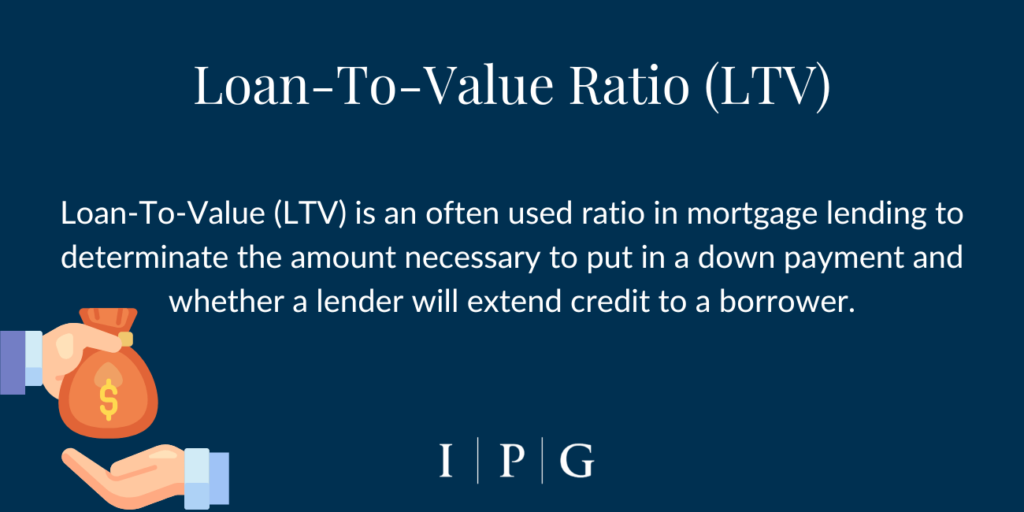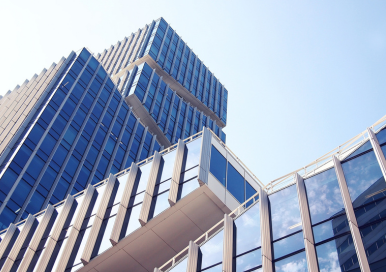Brighter Days Ahead: Renewed Hope in Commercial Real Estate

The global commercial-property market was heavily impacted last year by rising borrowing costs and falling prices. However, a clearer understanding of property values and the pressing need to manage upcoming debt maturities are expected to stimulate more transactional activities.
The market, which experienced a near standstill due to uncertainty for a considerable part of last year, is now witnessing increased transaction opportunities for both sellers and buyers. Data from Jones Lang LaSalle Inc. indicates a 16% increase in the average number of bids per deal in November 2023 compared to the end of 2022.
It is estimated that property owners with loans maturing through the end of 2025 may require as much as $570 billion in new equity, given the significant decline in values.
As central banks begin to indicate a slowdown in their aggressive interest rate hikes, investors are gaining a better understanding of borrowing costs. This, coupled with several key real estate transactions — including the transfer of approximately $33 billion in commercial property debt from the collapsed Signature Bank — is shedding light on property values. This increased transparency is beginning to inject a sense of optimism into the struggling market.
Michael Gigliotti, a senior managing director at JLL, noted an increase in both bids and property viewings, stating, “You have maturing loans, you have dry capital, you have parties interested in investing in real estate.”
JLL suggests that the market requires a more prolonged period of rate stability to fully mobilize the capital currently on hold. Many property owners might delay transactions until there’s greater stability or even an uptick in values.
Given that over $3 trillion of property worldwide has debt maturing through 2025, numerous owners are faced with the task of determining the future of specific properties and debt in the upcoming months, according to JLL.
Adam Spies, co-head of US capital markets at Newmark Group Inc., stated that “The debt markets are stabilizing so there’s less yield to be made in debt, so there’s more people now looking at equity. People feel that they’re not at the top anymore looking over a cliff, but perhaps at the bottom, looking up. Investors feel like it’s a good time to start making investments.”
Green Street, a real estate analytics company, has observed early indications that the commercial real estate market is beginning to stabilize. The company’s index of commercial property prices remained unchanged in December compared to the previous month. Peter Rothemund, co-head of strategic research at Green Street, stated on Jan. 5 that “The correction in real estate pricing that began two years ago appears to have run its course. Commercial real estate is now fairly priced versus yields on corporate bonds, and market pricing of listed” real estate investment trusts suggests something similar”.
Increased Demand
There’s a growing interest in Manhattan towers, with buyers attracted to potential residential conversions. For instance, an office building in Manhattan’s Tribeca neighborhood, 101 Franklin St., has seen numerous tours and bids. The seller, Columbia Property Trust, is asking around $115 million, a significant discount from the 2019 price, and is offering potential financing.
Additionally, DWS Group’s office tower in the Financial District, 222 Broadway, is being pitched as a conversion opportunity, attracting potential investors. However, more bidders are entering the market, as Josh Rahmani of Empire Capital Holdings notes. He’s been actively bidding on and buying New York offices since 2020, but now faces increased competition. Rahmani explains that a vacant building he was bidding on recently had its price increased beyond his maximum willingness, indicating more market activity.
Pressure Keeps On Growing
The Federal Reserve indicated a potential end to an aggressive tightening cycle, which may lead property owners to hold onto assets if rates decrease. However, a refinancing shortfall estimated by JLL could prompt some owners to sell assets or loans, including distressed transactions.
On the other side, potential buyers and investors have substantial funds available, with $402 billion of dry powder for commercial real estate, according to JLL. This shift in values is expected to challenge capital and stimulate liquidity, as noted by Richard Bloxam, CEO of capital markets at JLL. Several significant property deals have recently taken place, indicating increased buyer confidence due to the perceived stability in interest rates.
Destination: US
JLL has highlighted the US as a particularly compelling market, with over three quarters of the $3.1 trillion property assets with maturing debt through 2025 concentrated in the US, specifically in the residential and office sectors.
The US’s advanced position in its cycle may attract more attention from buyers seeking to benefit from the price decline. Major players like Morgan Stanley’s real estate investing platform are actively seeking opportunities in this market. This interest is driven by the perception that the market may have reached its lowest point, making it an attractive time for investment.




